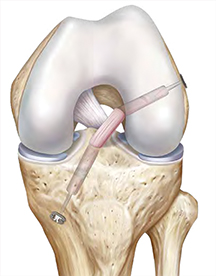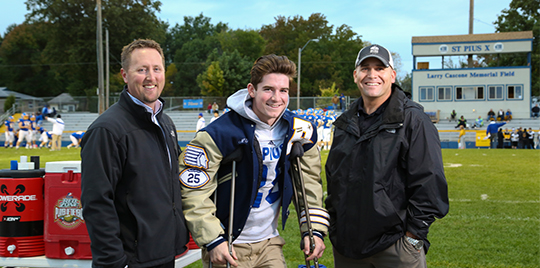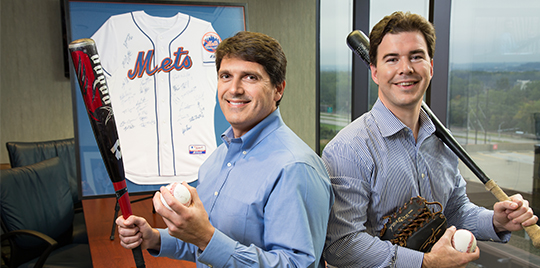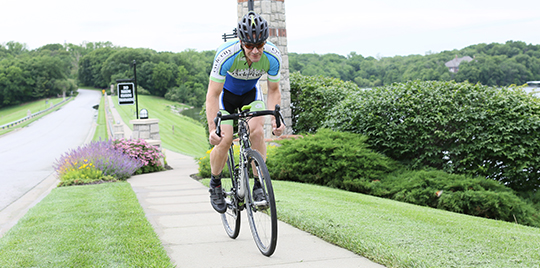The Inside Scoop on All-Inside ACL Reconstruction
June 17, 2015By: Jodi Rawson
Categories: Orthopedic
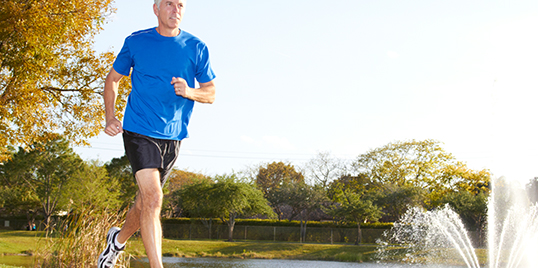
For active people, especially athletes, the anterior cruciate ligament (ACL) is the most important ligament in the knee because of its stabilizing function. The slightest tear can sideline a person for months. But All-Inside ACL reconstruction, an innovative minimally-invasive procedure, can get you back in action with less pain and a shortened rehab time.
“All-inside ACL reconstruction is a novel approach,” says Christopher Bagby, MD, an orthopedic surgeon with Northland Bone & Joint and the only Northland surgeon who performs the outpatient procedure. “It is a minimally invasive procedure, creating less tissue trauma, less swelling, less pain for the patient and a faster rehabilitation.”
Where traditional ACL reconstruction surgery involves drilling a full tunnel into the knee joint, the all-inside procedure requires drilling a narrow, blind-ended tunnel from the inside of the knee joint into the tibia, stopping before reaching the tibial cortex, hence the name “all side.” To reconstruct the ACL, Dr. Bagby uses a preassembled ACL graft made of either the patient’s tissue or donor tissue.
The procedure takes approximately one hour. It requires general anesthesia and a femoral nerve block that also works as post-operative pain control for the knee. Because there is less trauma to the bone than with traditional ACL surgery, the amount of pain, scarring and swelling is reduced and rehabilitation is easier. Patients are able to walk immediately after surgery and typically begin physical therapy the following day. A six-month recovery period is recommended before returning to sports or activities that require pivoting.
Dr. Bagby has treated the spectrum of patients, from high school athletes to active adults in their 50s. “Traditionally, if you were over 40 and had arthritis and a torn ACL, you were not a candidate for this surgery,” he says. “But the tide is turning. I don’t think there is any real age limit now. It really depends on the patient’s level of activity as to whether ACL reconstruction is a good fit.”

